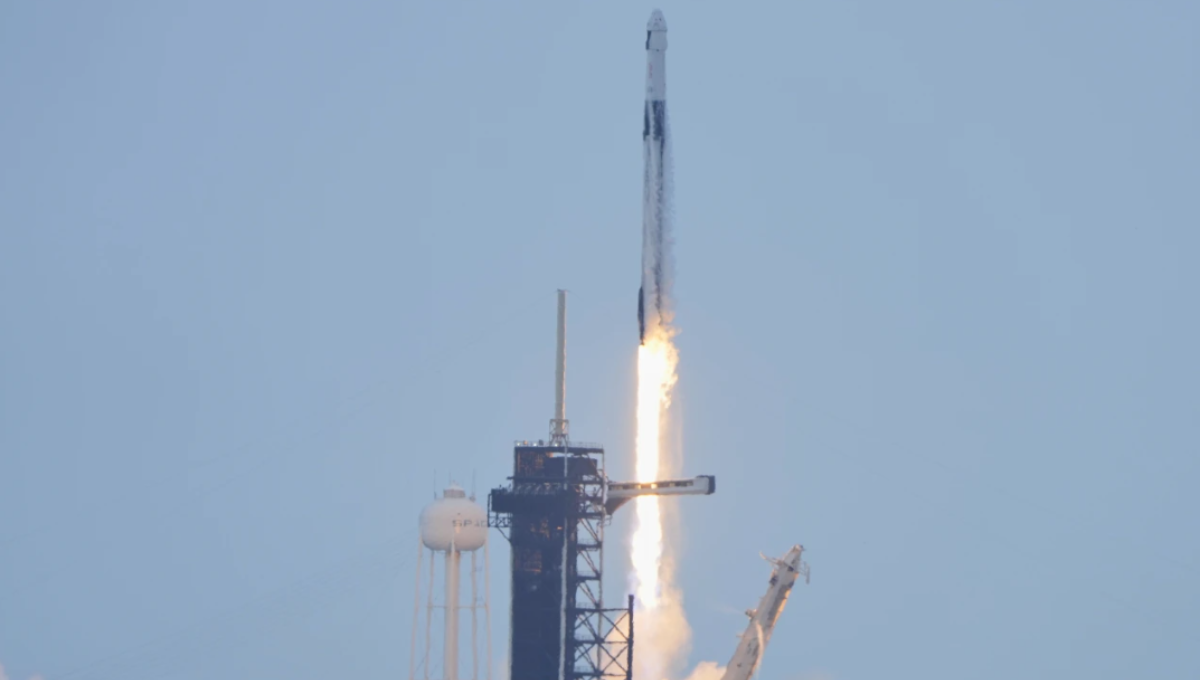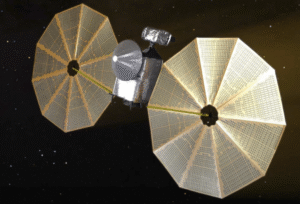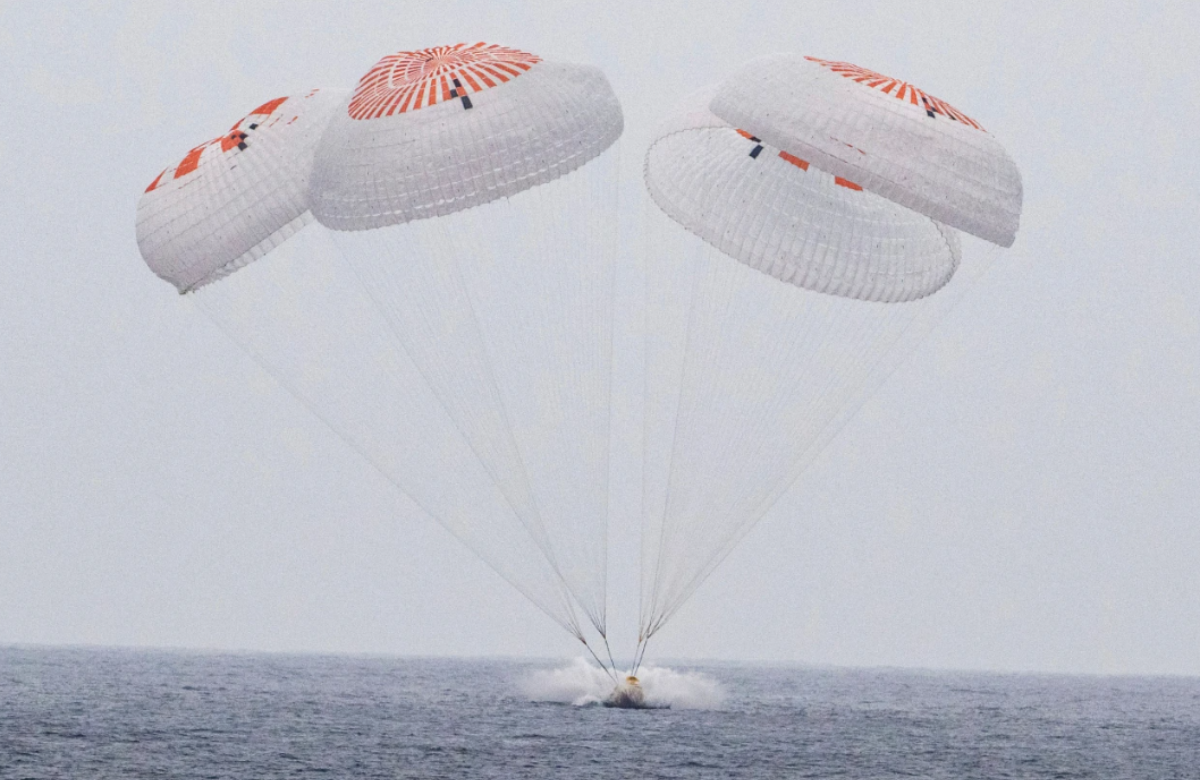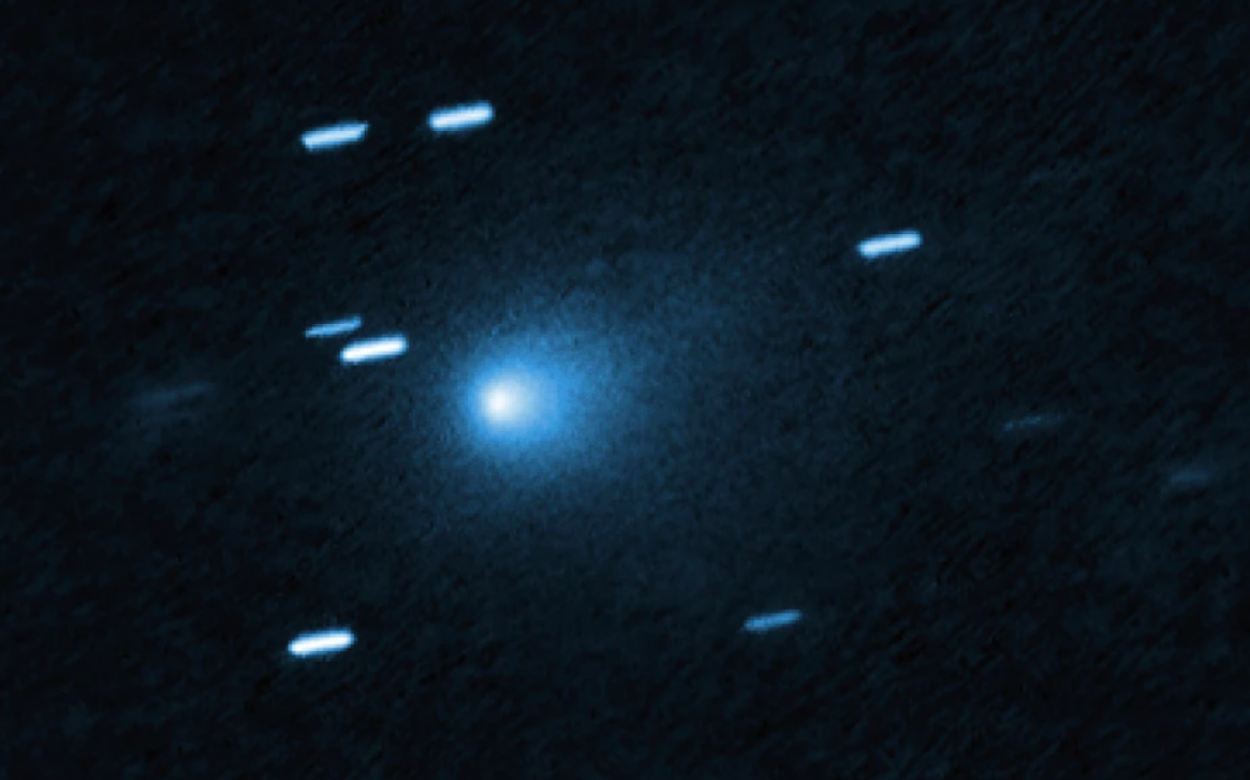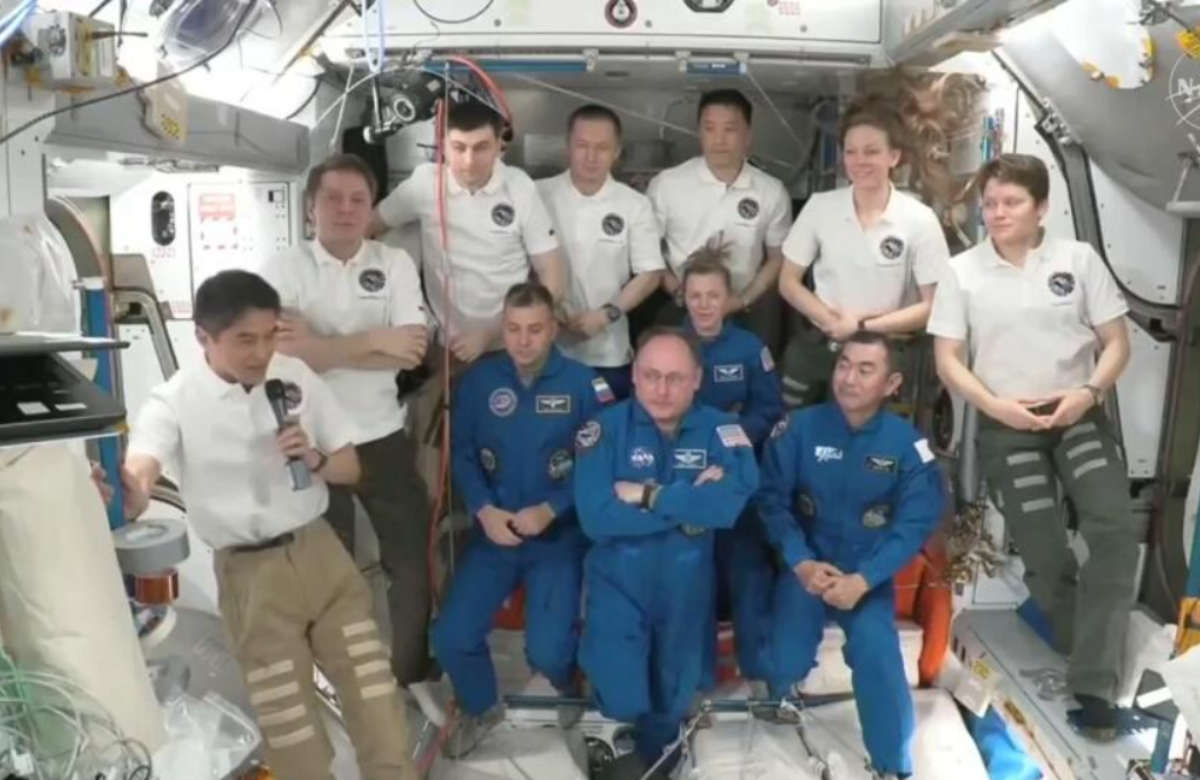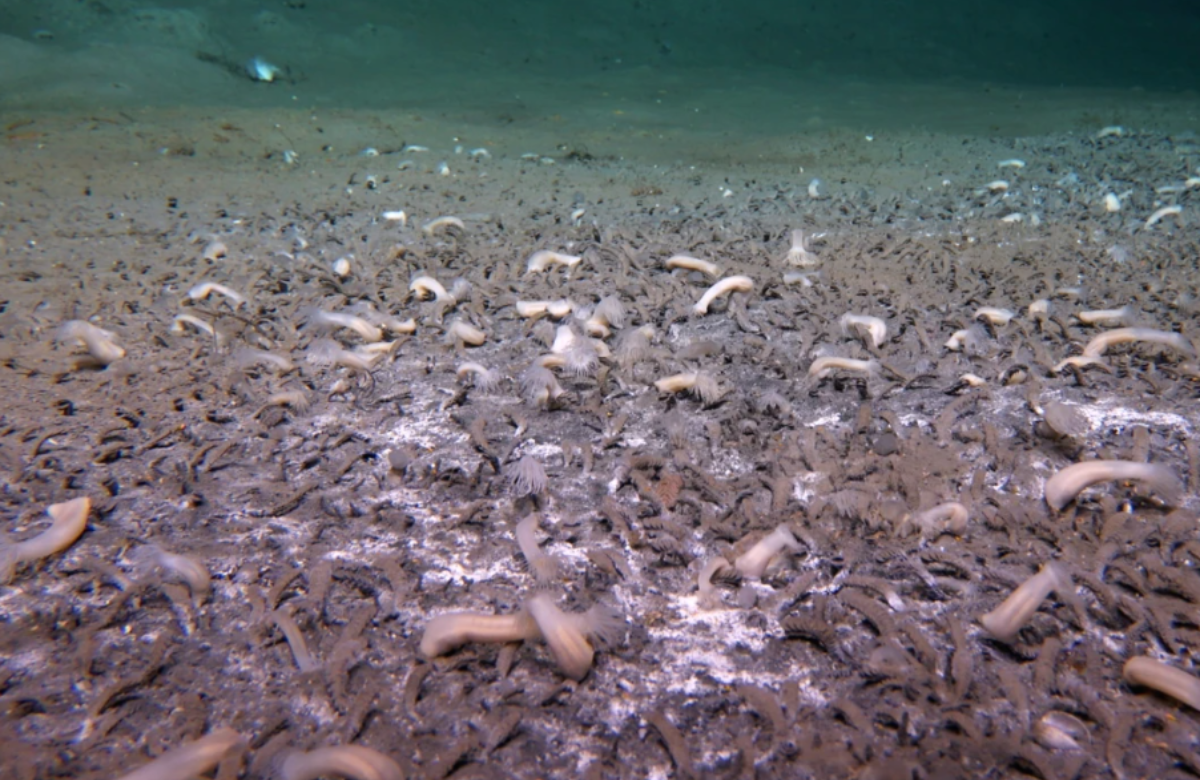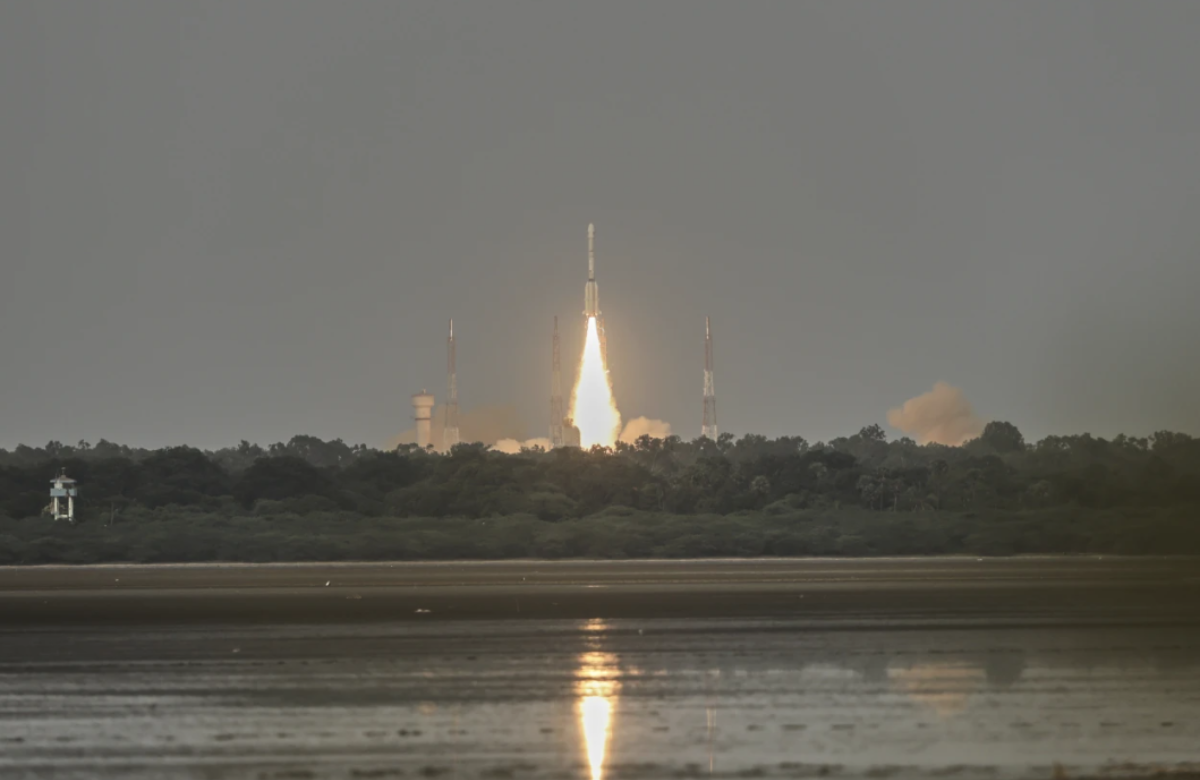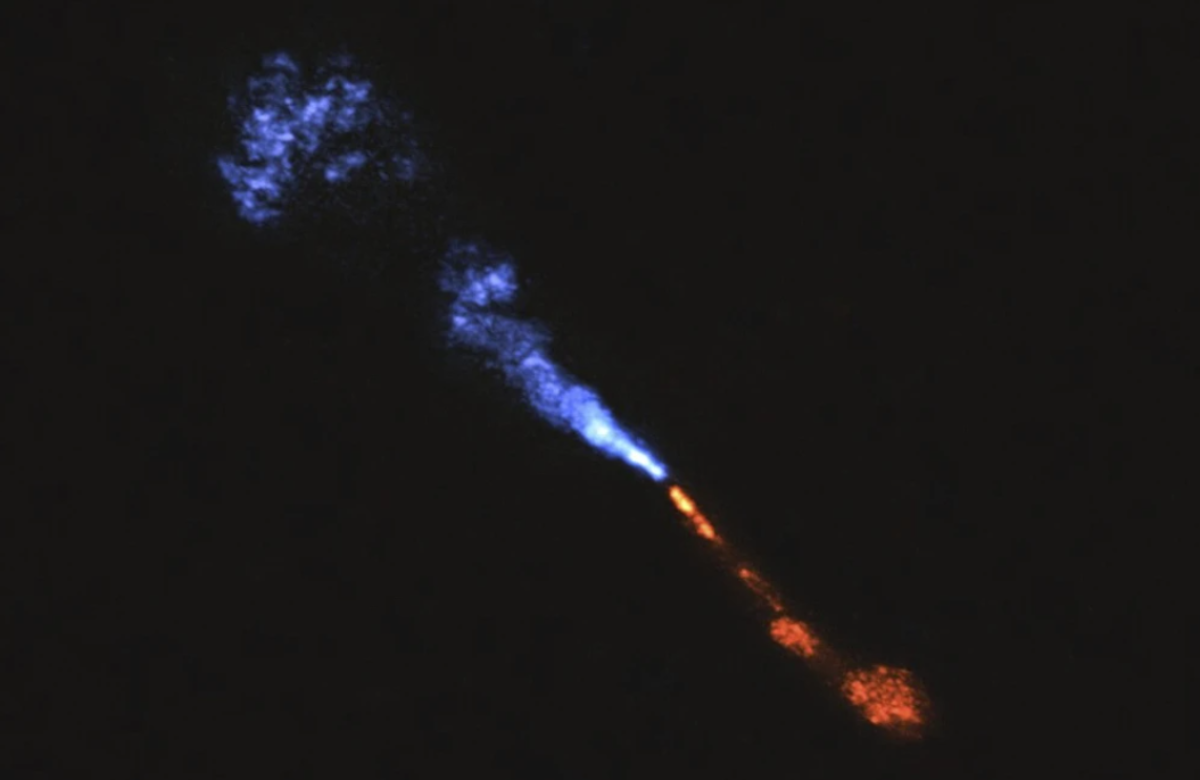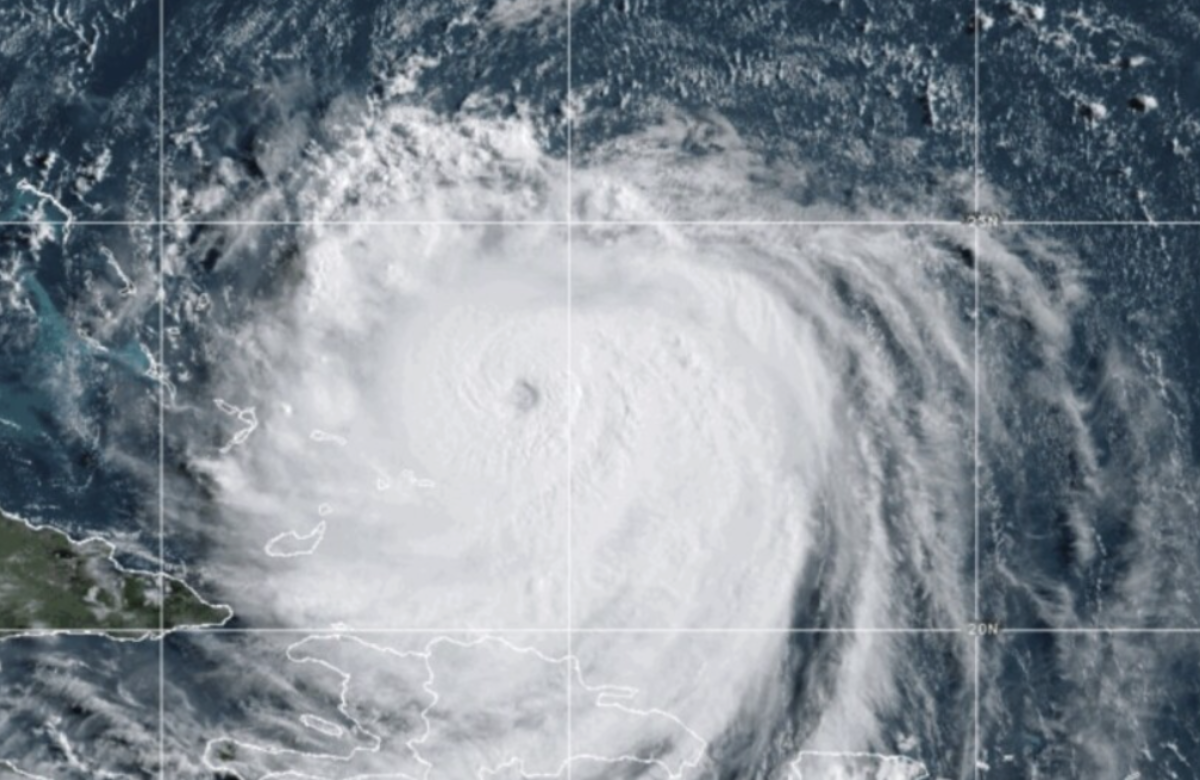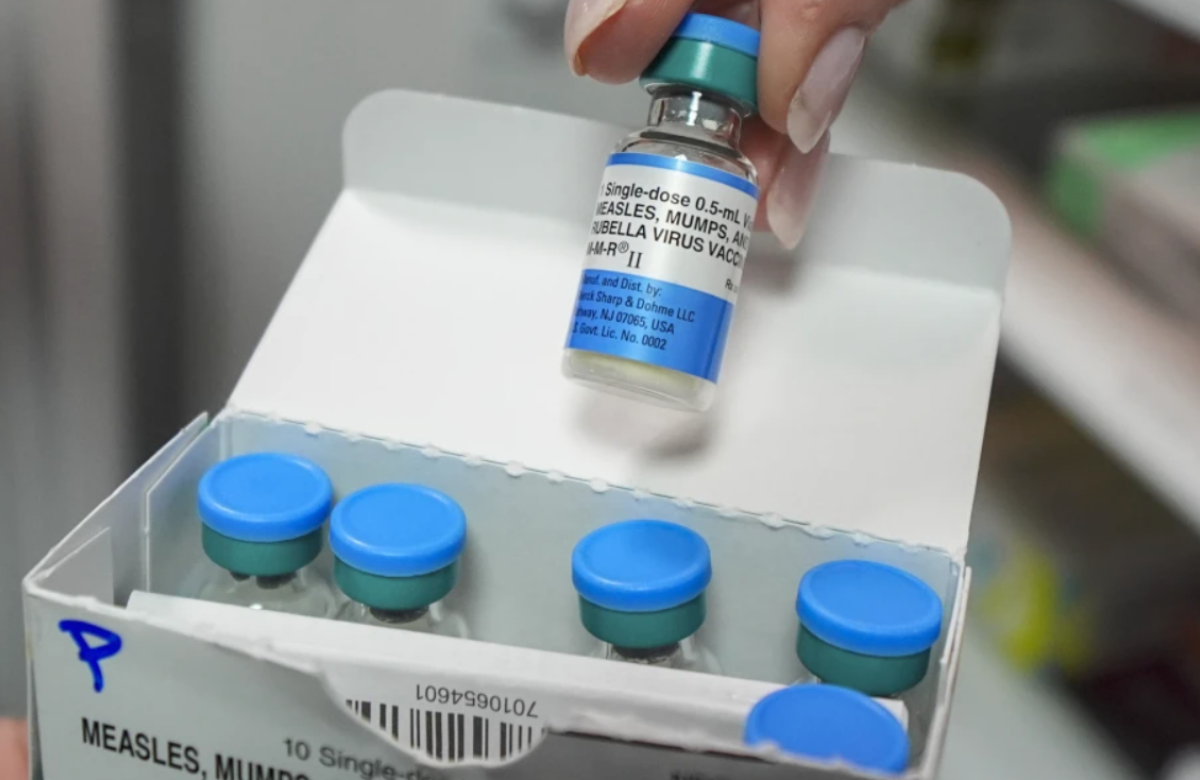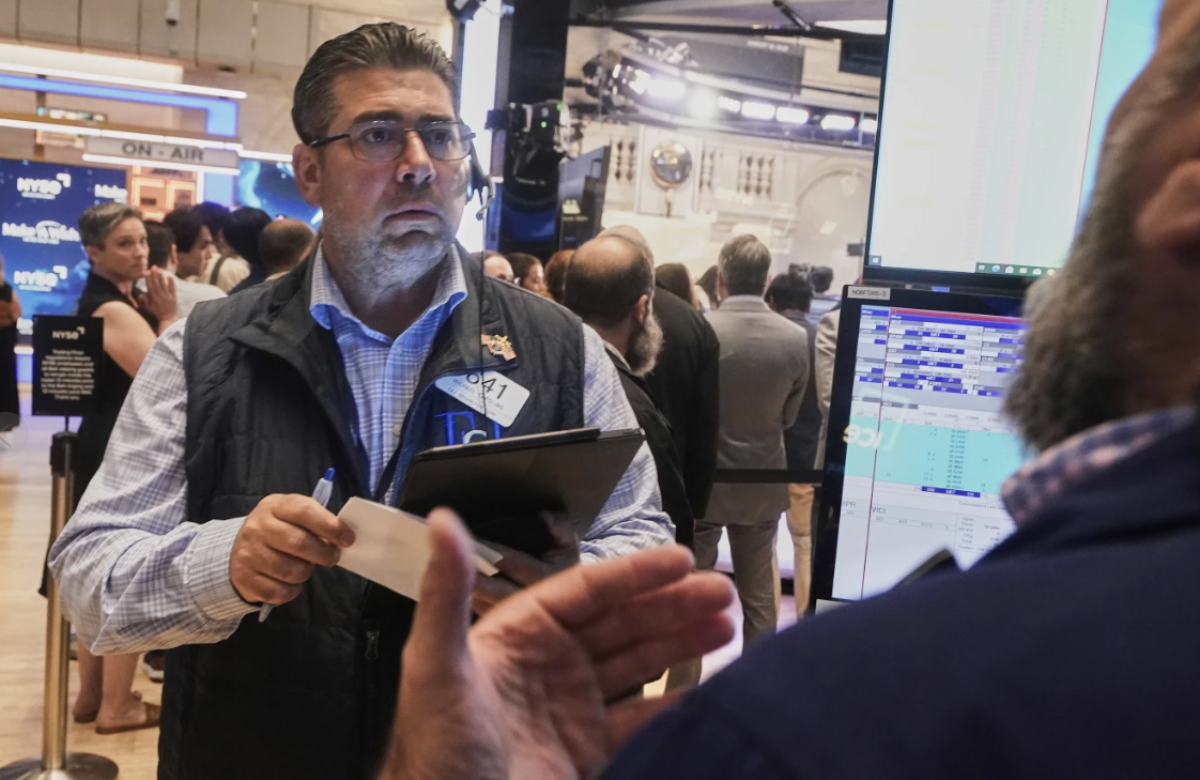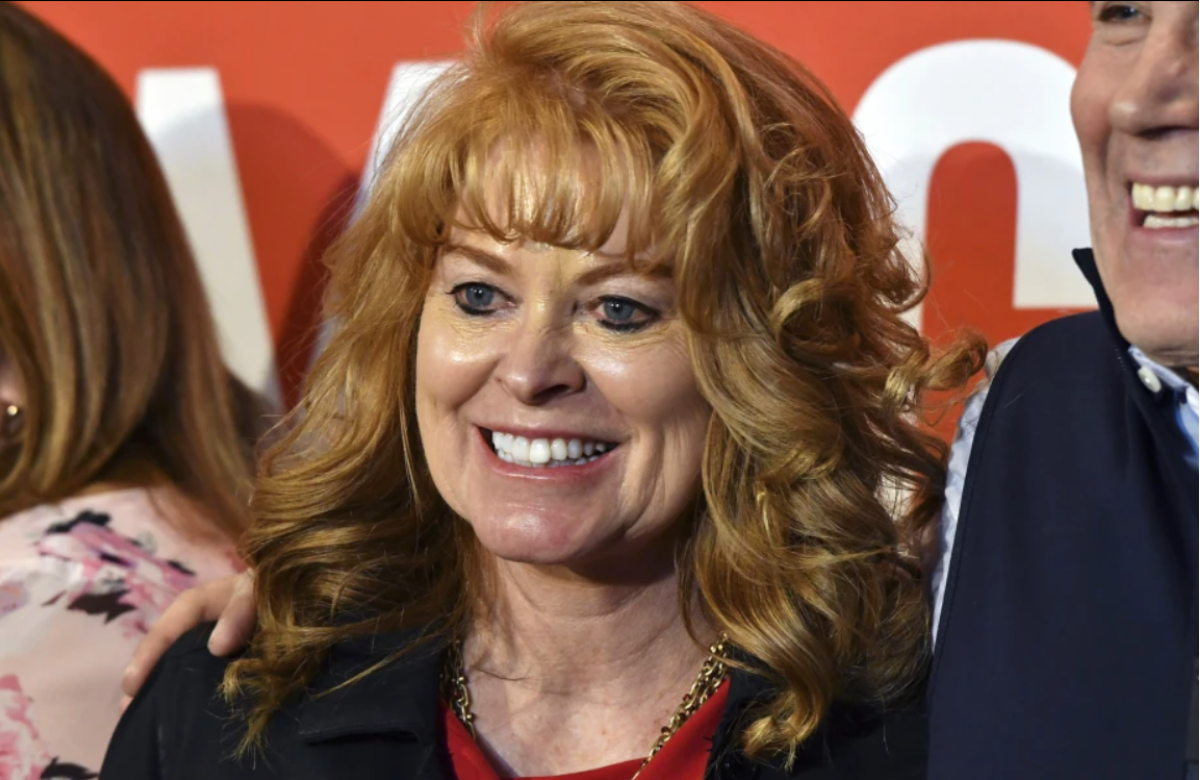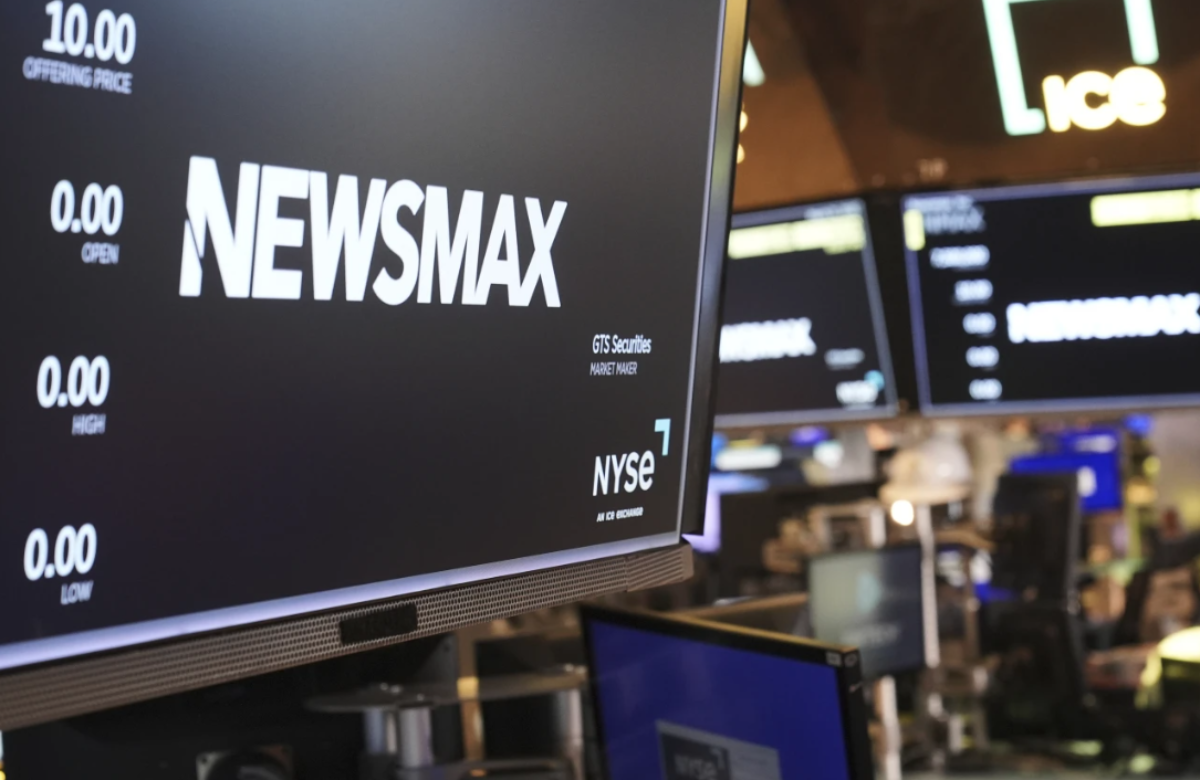After a year-long delay due to ongoing issues with Boeing’s Starliner spacecraft, a new team of astronauts has finally launched to the International Space Station (ISS)—this time aboard a SpaceX rocket.
The four-member crew, including astronauts from the U.S., Japan, and Russia, lifted off Friday from NASA’s Kennedy Space Center. They’re heading to the ISS to replace a team that arrived in March, initially filling in for two NASA astronauts whose mission on Starliner has been unexpectedly extended due to technical problems.
The SpaceX capsule is expected to dock with the ISS over the weekend, where the crew will stay for at least six months.
Zena Cardman, a biologist and polar researcher who was originally scheduled to fly last year, was bumped from her slot to accommodate Starliner’s troubled test flight. Now leading this mission, Cardman expressed pure excitement after reaching orbit, calling the launch “absolutely transcendent.”
Meanwhile, NASA astronauts Butch Wilmore and Suni Williams—originally on a short one-week Starliner mission—have been stuck at the space station for over nine months due to thruster failures and helium leaks that emerged during their journey. They are now set to return aboard a different SpaceX spacecraft.
Before launch, Cardman shared her perspective on the delay: “Every astronaut wants to be in space. None of us want to stay on the ground, but it’s not about me.”
Mike Fincke, Cardman’s co-pilot and a veteran astronaut, was also originally set to fly Starliner. He, along with Japan’s Kimiya Yui—both former military officers with prior space experience—were reassigned to SpaceX’s latest flight due to Starliner being grounded until at least 2026. Fincke, who last flew aboard NASA’s penultimate space shuttle mission in 2011, was thrilled to be back: “Boy, it’s great to be back in orbit again,” he said from space.
Completing the crew is Russia’s Oleg Platonov. He was removed from a previous Soyuz flight years ago due to a health issue, which he said is now fully resolved.
NASA’s acting administrator, Transportation Secretary Sean Duffy, attended Thursday’s initial launch attempt alongside Roscosmos director general Dmitry Bakanov. Although thick clouds forced a last-minute delay, the two held discussions on future U.S.-Russia space cooperation.
Duffy emphasized the importance of these missions in paving the way for exploration beyond Earth orbit. “What we learn on these missions is what’s going to get us to the moon and then from the moon to Mars,” he said in an interview, adding that the moon holds “critical real estate” that NASA wants to claim with its international partners.
Due to ongoing budget constraints, NASA is considering extending space station missions from six to eight months—a move already implemented by Russia’s space agency. SpaceX is close to receiving certification to support these longer stays, meaning the current crew could remain in orbit until April.
NASA is also weighing cost-saving strategies, such as reducing SpaceX crews from four astronauts to three per flight.
As for Boeing’s Starliner, its next mission will likely be an uncrewed cargo flight while engineers continue investigating the issues that plagued its last launch. With the ISS set for retirement by 2030, time is running out to make Starliner a reliable option. Meanwhile, an air leak on the Russian segment of the station—ongoing for years—remains unresolved despite repeated patching.
Platonov expressed confidence about the situation, saying, “I am not in the least worried” about the localized leak.
Also Read:
India and NASA Launch Radar Satellite to Monitor Tiny Shifts in Earth’s Land and Ice
NASA Confirms New Interstellar Comet to Pass Safely Away from Earth
